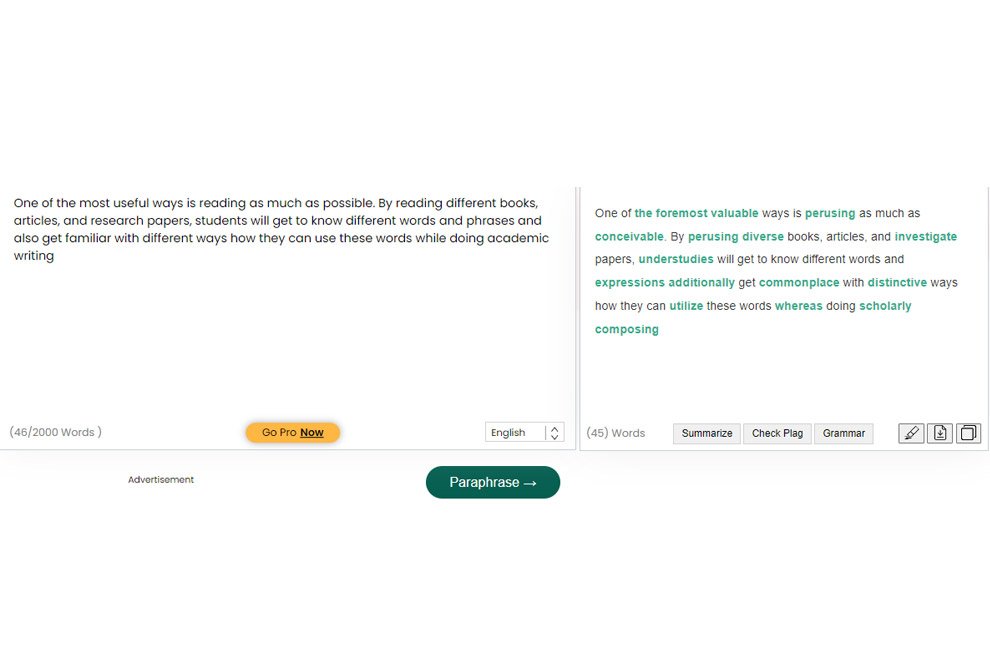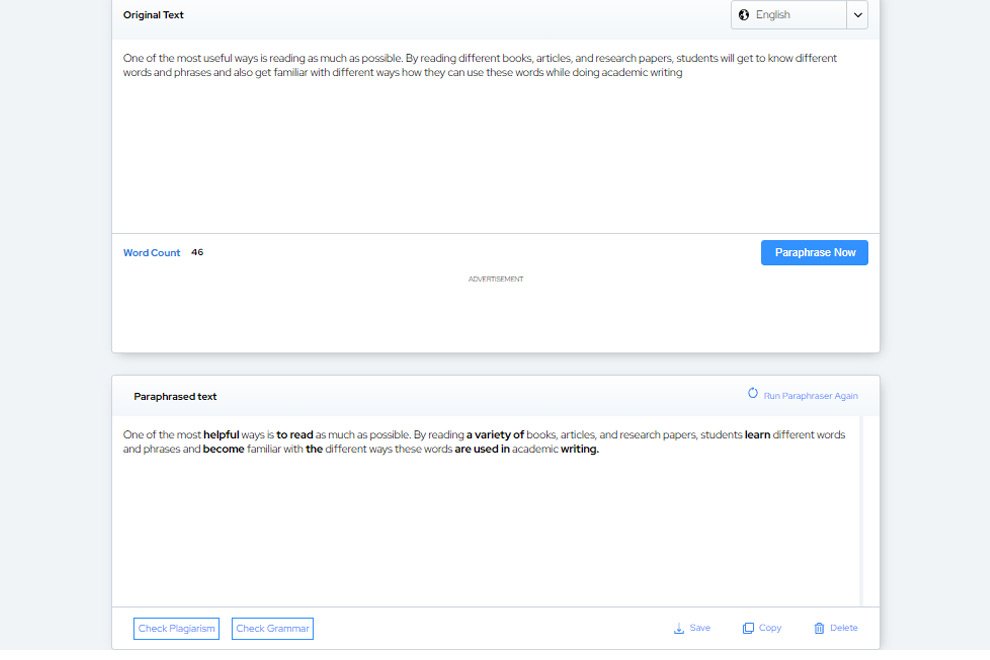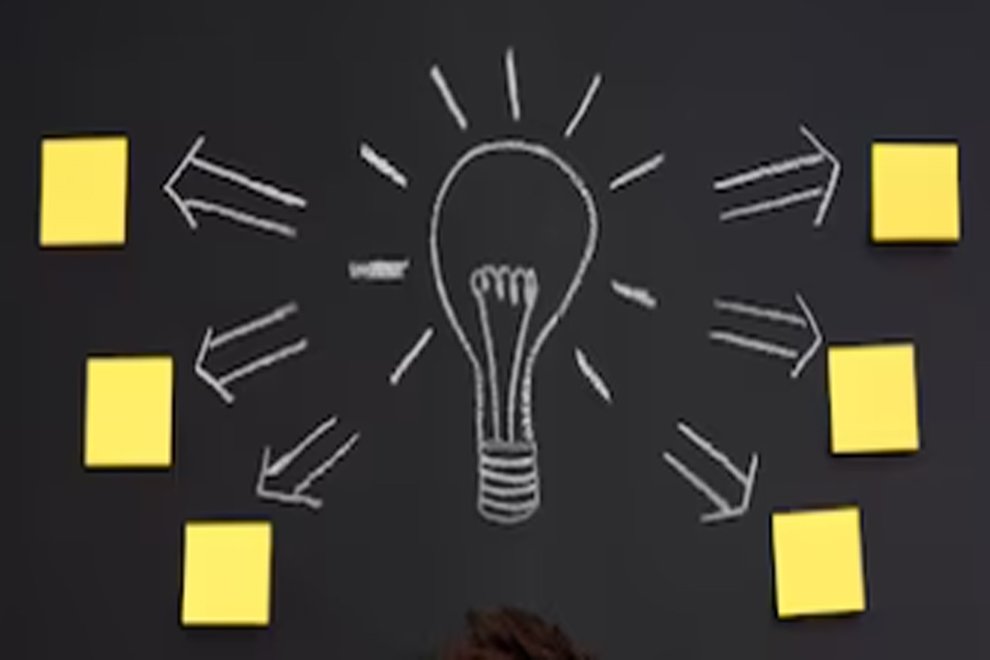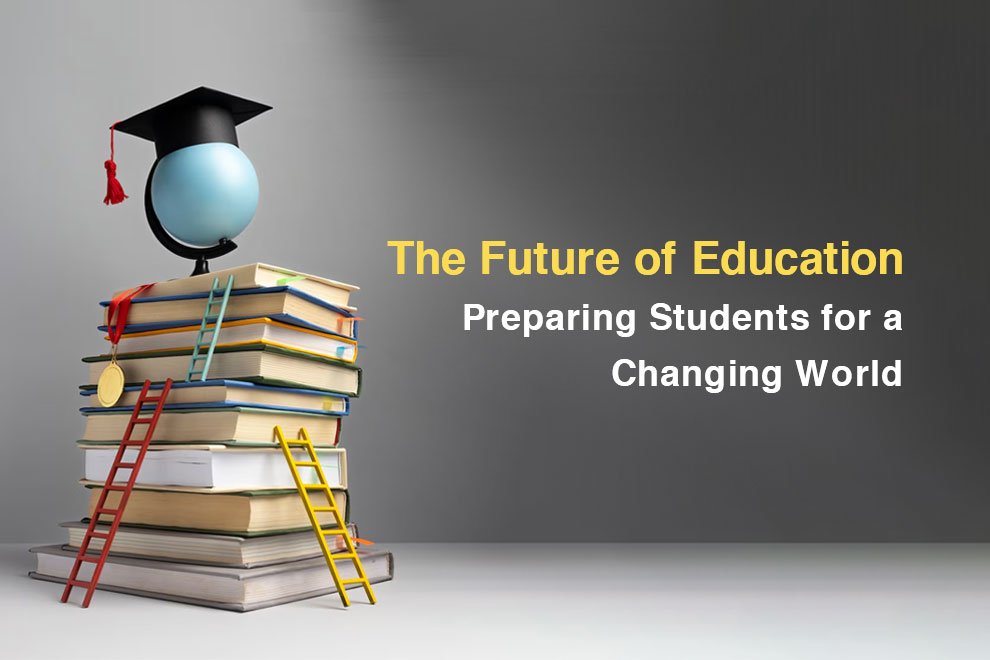Paraphrasing is a useful skill for students since it allows them quickly write assignments on complex topics while eliminating the need for quoting or sourcing original authors in their academic or research papers. It is a process of restating someone else content in your own words without damaging the original meaning.
This skill also helps strengthen students’ creativity in a number of ways. In this article, we are going to take a look at how students can utilize paraphrasing skills as a learning tool to strengthen their creativity.
Paraphrasing as a Learning Tool
Students can utilize paraphrasing as a learning tool since it not only helps them to condense another author’s ideas but also provides them with the credibility to support their arguments.
By restating their academic work, students can easily prevent the chances of plagiarism. Apart from this, sometimes there are theories and arguments of researchers that students don’t have a proper understanding no matter how hard they try to understand it.
This is where paraphrasing helps students. By utilizing it, students can easily describe complex theories and ideas by just changing or rearranging the words/phrases, saving both time and effort.
How to Utilize Paraphrasing as A Learning Tool to Strengthen Student’s Creativity
1. Enhancing understanding of different perspectives

One of the most useful ways through which paraphrasing can help students to strengthen their creativity is by developing the ability to understand different perspectives of things they read.
A perspective helps students to efficiently understand a situation from multiple points of view, experiences, and beliefs as well. Understanding something from different perspectives also reduces biased judgment, and reduce conflicts.
To provide you with a better idea of how students can understand things from multiple perspectives, let us explain with an example.
“Is the bottle half-filled or half-empty?”
In this example, there can be two perspectives. One is “bottle is half-filled” and the other one is “bottle is half-empty. Both of these perspectives are true but completely opposite to each other.
So, by judging things or ideas from different perspectives, students can up with new ways/styles of describing things which further helps them in strengthening creativity.
2. Expressing ideas in own words

By understanding academic work from different points of view (as we mentioned in the above section), students can easily describe it in their own words which further shows their level of creativity.
While expressing ideas in your own words, you just need to take care of the following things:
- Students have to first properly understand the original text.
- They should also consider using new words for maximum creativity.
- Finally, they can also consider moving the dependent clause at the start or end of the sentence for better clarity.
However, it may be difficult for some students to efficiently follow all the points above, especially the first one. Since using new words and phrases requires a strong vocabulary which may be difficult to follow for some students. Don’t worry, there are a number of ways to build a strong vocabulary.
One of the most useful ways is reading as much as possible. By reading different books, articles, and research papers, students will get to know different words and phrases and also get familiar with different ways how they can use these words while doing academic writing.
Another way to improve vocabulary skills is by utilizing online paraphrasing tools. There are numerous good tools available such as Paraphraser.io, and Paraphrasing tool by Plagiarismremover.net. These tools work on advanced algorithms that paraphrase the user text by introducing new words and phrases without altering the original meaning.
To provide you with a better idea, we have paraphrased a piece of text from this article using both tools in order to see how they introduce new words. For results see the images below:
As you can see in the output results, both paraphrasing tools have efficiently rephrased the input text by introducing new words, allowing students to get familiar with new words/phrases and enhance vocabulary skills. And when students have a strong vocabulary bank, they can express things in their own words.
3. Improve writing skills

Paraphrasing also helps students to improve their writing skills. Let us explain how. Paraphrasing is not just about changing words and phrases. It also involves taking care of the following things:
- Sentence structure
- Length of sentences
- Tone and flow of the content.
Sentence structure: A good sentence structure is one that effectively communicates the intended meaning while being grammatically correct. For instance, “the dog sat on the mat”. This sentence has a clear subject (dog), and verb (mat), and also grammatically correct.
Avoid Lengthy Sentences: The lengthier your sentences will be, the more your content will become difficult to understand since lengthy sentence increases the chances that the reader may forget the argument you have made at the start of the sentence.
Tone and flow: The tone and flow of the content convey the student’s attitude about what is being written about. And if the tone is combined with the flow, it will create a specific writing style.
So, while paraphrasing when students take care of these elements eventually improves their overall writing skills and the quality of their academic work.
In simple words, if you’re a student who thinks changing words is Paraphrasing, then you’re not completely true. Instead, paraphrasing involves focusing on sentence flow, length, and structure which helps students in improving their academic writing skills.
4. Develop divergent thinking skills

Utilizing paraphrasing skills develops divergent thinking skills in students. Divergent thinking is a process of generating multiple ideas from a single topic.
Since the golden rule of paraphrasing is to first spend time and effort on properly understanding the text that you are going to paraphrase. Spending time and effort on understanding a specific topic further allows students to come up with creative ideas by exploring multiple solutions about a single topic. This showcases their creativity to the teacher/instructor.
Final words
In conclusion, paraphrasing is a handy skill for students, because it not only makes tedious academic writing a breeze but also strengthens students’ creativity by developing different skills such as judging an idea or piece of text from different perspectives and then expressing those ideas in their own words.
Moreover, paraphrasing also helps in improving writing skills and developing divergent thinking skills which further contribute to a successful academic career.
ALSO READ: 10 Soft Skills for Students for Personal and Professional Growth (First one is very important!)













